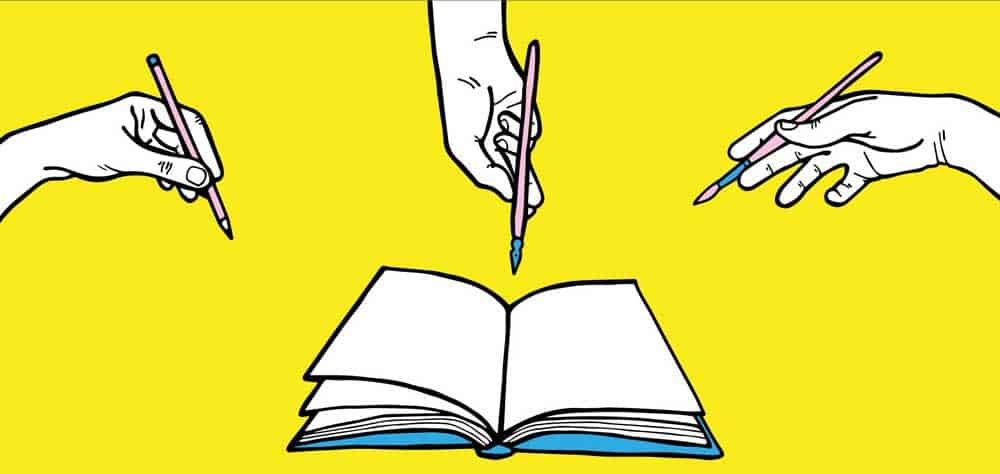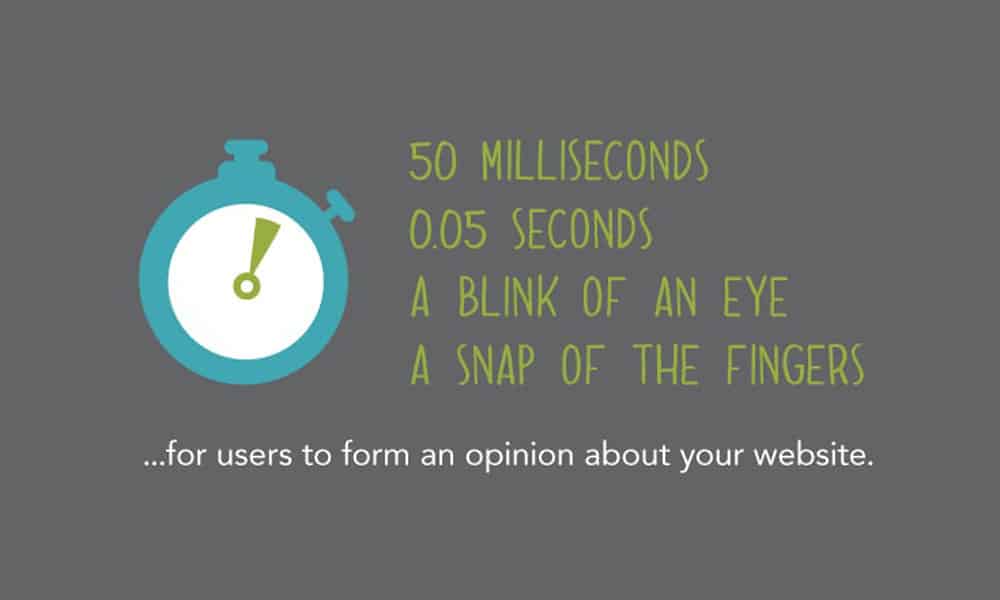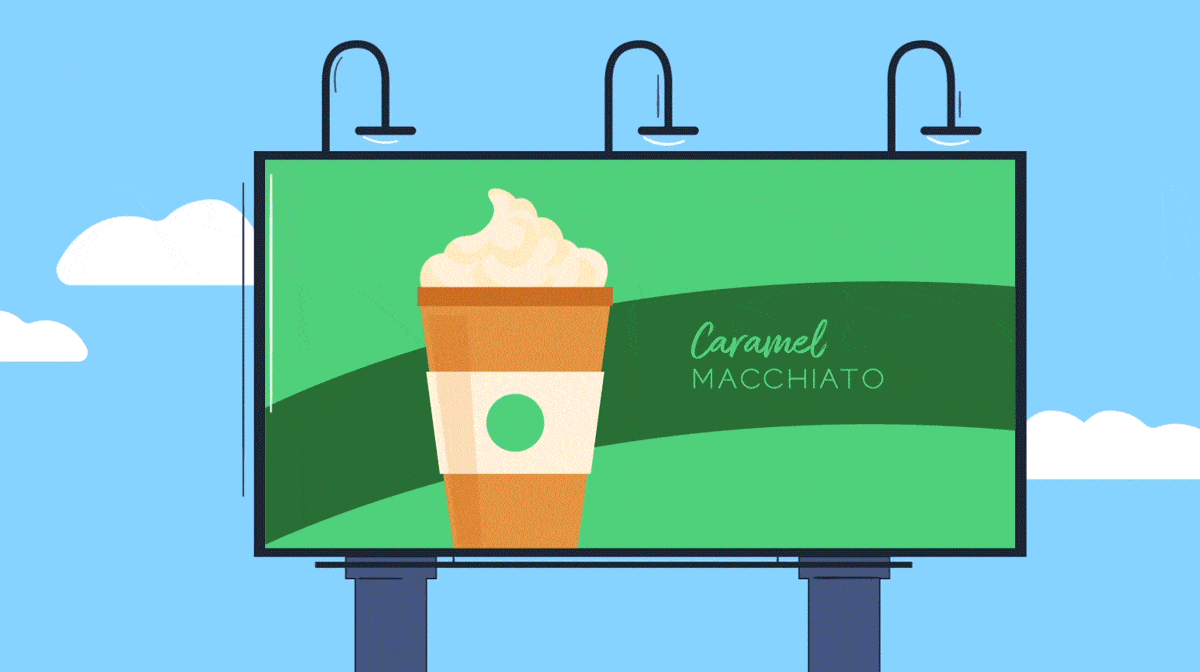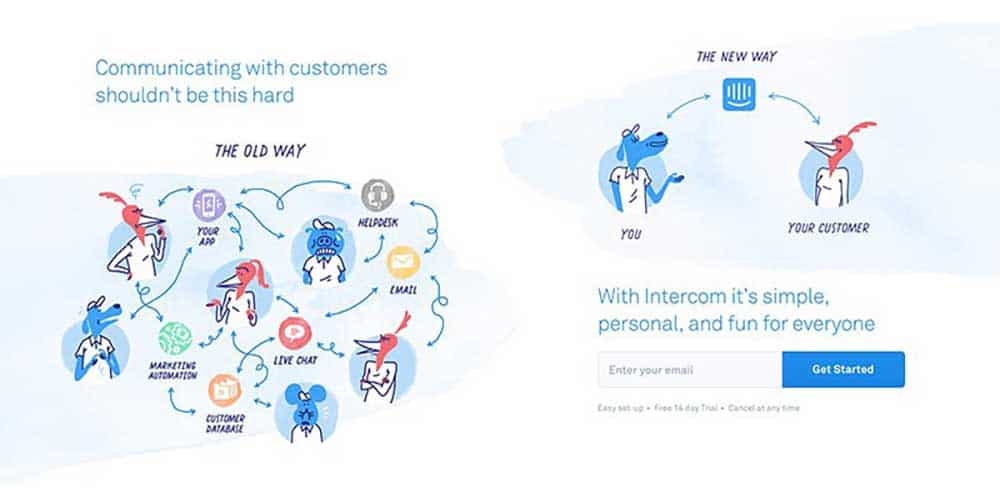
20 Nov The Art of Visual Storytelling – What Every Designer Needs to Know
The Art of Visual Storytelling – What Every Designer Needs to Know
You might think that artistically combined colours and original visuals are enough to create an effective design, but there is so much more you can do.
Take visual storytelling as an example.
It is a highly successful technique that can take your design to the next level.
Consider that while the average person remembers about 10% of what they hear when you add visuals, this number increases to 65% when tested 72 hours later.
This shows how significant visual enhancement is. On the other hand, storytelling is one of the best methods to engage customers.
That is why when you combine the two; you’ll get the winning combination.
Visual Storytelling and Its Benefits

Designers who are looking for a new marketing tool can take advantage of visual storytelling.
Visual storytelling is a pretty self-explanatory term. It is visual data presented through a narrative. Or as VisualStorytell explains:
“A visual narrative (also visual storytelling) is a story told primarily through the use of visual media. The story may be told using still photography, illustration, or video, and can be enhanced with graphics, music, voice and other audio.”
VisualStorytell
Take your own experience as an example. What makes a more memorable impression on you?
A radio commercial or a commercial on television that tells a story? I bet it is the second one.
Visuals perform better when it comes to evoking emotions and storytelling is an excellent method for connecting with the users.
The digital world is the best example. Look at Instagram or Snapchat.
People are crazy about these social media networks that revolve around visuals.

Aesthetically pleasing images and videos are the centres of the digital world.
Even Facebook is turning towards pushing the visuals in the centre of attention. For example, videos are much more popular than they were a few years ago.
When it comes to specific benefits of visual storytelling, let’s name a few:
- It provides the designer with a useful technique to convey the message
- It helps the designer to engage users
- It provides users with a better understanding of the message
- It drives users to take action
- It makes a lasting impression on the users
Now, let’s get to some practical pieces of advice that you can apply to your design.
Carefully Think about the Story
Before anything else, you need to have a goal. An objective that you plan to accomplish with the story.
Do you want to evoke users’users’ emotions? Do you want to make them laugh? Do you want to play on the urgency card?
Once you know what goal of the story is, you can get to the creative part – creating the account.
If you need some inspiration, you can always look at the work of your competitors or some successful brands. For example:

This is a great design that gives a descriptive element to the message. The design is inspired by a video that shares an important message.
You can consult with your team or ask the client if he has some idea in mind.
Don’t hesitate to talk to people and even ask them what they would like to see.
Visual storytelling is a very creative method so let your imagination run loose. You can even think of more options and let you client choose what they like the most.
Show, Don’t Tell

While you are creating the story, think about the narrative and imaginative visuals that will enhance it.
Use vivid images and descriptive text that will show the expertise of the brand.
If the brand already has distinctive colours that are a part of their brand, you can incorporate those as well.
Mix the story with an eye-catching design.
Everything you think of you should show through visuals. The best part is that visuals allow you to get creative.
First Impression Matters

This is a crucial rule in visual storytelling. First impressions are everything.
The digital world has made people’s attention span very short. Which means that if you don’t catch the users’users’ attention at the beginning, they won’t be interested.
Invest your time and thought into the very first image. That is the visual that will make or break your design.
The first image the audience sees needs to:
- communicate the appropriate message
- hook the users
- grab their attention
- make them want to see more
Not everyone will understand the message in the same way. So don’t worry about that.
The goal is that they react.
Have a Narrative Arc
We all know that a story is comprised of an introduction, body, and conclusion.
Use this rule in visual storytelling as well.
It needs to have a beginning, middle, and end. That is what makes a narrative arc, and that is what gives your story flow.

Start by thinking about who and where.
That is how you’ll get your beginning.
Then focus on what and how. It is when your story should reach its climax.
Lastly, explain why. Why they need to take a particular action or why that brand is the best, for example.
Without the narrative arc, the story can be confusing to users, which will make it harder for them to understand the point.
You might wonder how can an image have a narrative arc. But it can. It needs to have a concluding element that will give the design a purpose.
Choose graphics and images that will support every element and help you to show every part of it.
Let the Story Come to Life

If you want to add something extra to your visual story, make it move.
Designers are often opting for special effects to help them create a more vivid and engaging story.
The reason why designers use this technique is that people can get bored with still images.
The movement makes people’s brain more engaged and therefore, prolongs their attention span.
You can use online resources such as Visme to create animations.
While this isn’t a necessary element, it is a useful option that will make your design stand out.
Provide a Solution

Address a specific issue and provide a solution, and you’ll find the majority of work. Users need to understand that your story will help them.
What makes a storytelling design successful is when it gives a solution to a problem and gets users to take action.
Not to mention that it will help with building a brand and presenting that company as a trustworthy brand.
The users need to relate to that story and understand the benefit that they’ll get if they choose that solution.
Teach Users Something Valuable

From the beginning of storytelling, stories have been used as a method to teach us valuable lessons.
By telling stories, we learn valuable information that we can use in life.
Visual storytelling is often used as a teaching tool because it is proven to be more effective than just explaining the lessons.
Teachers all around the world use visual media to make classes more interesting.
Your design can do the same. If it applies to the design’s goal, create a story that will teach users something.
Why not make your design both beautiful and useful?
Use Eye-Catchers Carefully

What makes visual storytelling tricky is that sometimes designers use too many potent images.
It would be best if you found the balance between too much and too bland.
Powerful images and eye-catches are useful for sure. They give the design some warmth and have that wow-factor.
However, using one such concept is more than enough.
Here is one example:

Infographic Design Team used one main image.
The large cup of coffee is the first thing that catches the eye.
It encourages the users to read the text and understand what the image represents.
If they have added a few more images to the mix, the audiences’audiences’ attention would be scattered.
Always Put the Focus on the Message

Coming up with a clever story and attractive images can sometimes distract you from what’s the most important – the message.
Conveying a specific message is the point of your design, so your focus should be on it at all times.
The message needs to be relevant and related to the brand.
You might think of an exciting story but before you put it to use, ask yourself: Will the customers of this brand find the message relevant?
Stay on point and focus on what the design is saying.
The message that comes out of the design is what makes visual storytelling such an effective technique.
Some Final Thoughts
Visual storytelling is a trend that will help to give your design a new dimension.
In this competitive industry, using techniques such as this can make your work stand out.
The thing is that you need to know the target audience and how to play on their emotions.
Adapt each story and design to the audiences’ needs.
Lastly, what makes visual storytelling fantastic is that it lets you express your creativity and create something unique that people will love.
Author Bio: Kristin Savage nourishes, sparks and empowers using the magic of a word. Along with pursuing her degree in Creative Writing, Kristin was gaining experience in the publishing industry, with expertise in marketing strategy for publishers and authors. Now she works as a freelance writer at WOWGrade. Kristin runs her own blog.
The post The Art of Visual Storytelling – What Every Designer Needs to Know is by Stuart and appeared first on Inkbot Design.


